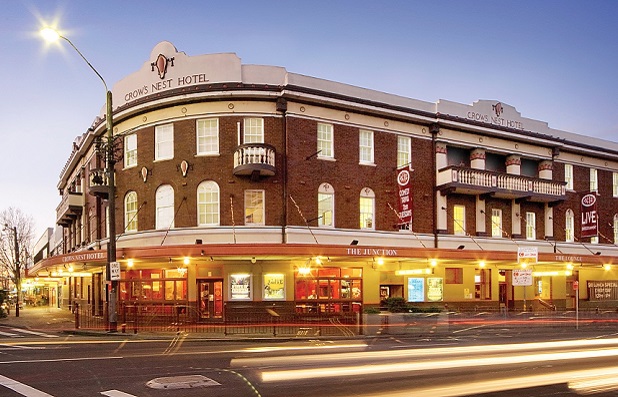By Andy Young
Australia’s biggest pub owner, ALE Property Group, has said that it is “increasingly engaging” with ALH to identify development opportunities to increase earnings.
As the company, which leases 86 pubs to the Woolworths and Bruce Mathieson owned pub group ALH, reported a distributable profit of $15.1m, Managing Director Andrew Wilkinson said ALE was looking at strategies for growth.
“ALE us increasingly engaging with ALH in identifying opportunities to monitise or develop underutilised parts of around 970,000 square meters (approximately) of total land area to further enhance portfolio returns,” Wilkinson said.
On 31 December last year, ALE’s directors revalued the property portfolio to $1004.5m, an increase of $13.9m on the 30 June 2016 valuation, which the company said is “substantially attributable to the CPI increase arising from the rental reviews of 81 of the properties since 30 June 2016”. The rent for ALE’s other five properties is being reviewed in the second half of the financial year.
Wilkinson added: “ALE continues to anticipate a positive outlook for future market rent increases based on the significant under renting currently inherent in the portfolio. This view has been reinforced by the valuers’ partial use of the Discounted Cash Flow (DCF) methodology in determining the June 2016 valuations. The valuers advise that the DCF method will receive greater emphasis as the market rent review dates draw closer.”
Although the company has not bought any pubs since 2007, Wilkinson said that ALE is continually assessing that position.
“In a market where lower interest rates and strong equity prices prevail, ALE will continue to assess potential disposals and acquisitions that align with both out disciplined capital management strategy and previously announced investment criteria,” Wilkinson said.
“Even if these opportunities are not available, ALE will continue to engage constructively with ALH to, wherever possible, maintain and potentially enhance the existing portfolio of properties profitability levels through further development.”

